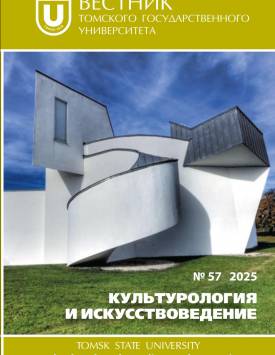The evolution of the garden city concept on first power plants’ settlements
The garden city concept was invented by Englishman Ebenezer Howard at the end of the 19th century and had a great impact on the world urban planning practice. In the current article the author explores the transformation of the garden city perspective through the first power plants’ working settlements. This article presents the first comprehensive comparison of settlements near Kashirskaya, Shaturskaya and Electroperedacha power plants built in 1910-1920s. The plan of the Electroperedacha settlement is published for the first time. Nowadays there is still not enough knowledge about the design of the first industrial working settlements. Moreover, many architectural monuments of the 1910-1920s period are under the threat of demolition. The objectives of this article are to supplement the information about the design of the working settlements and to draw attention to the preservation of the architectural and urban heritage of the country. Elektroperedacha, Shaturskaya and Kashirskaya power plants were the first power plants built outside the center of Moscow. They were erected in undeveloped areas as city-forming enterprises near the fuel source. So it was necessary to create infrastructure around it. The Elektroperedacha settlement was a typical example of the pre-revolutionary period. The plan didn’t implement the garden city ideas that were gaining popularity at that time. While the power plant architecture was meticulously designed by Hermann Muthesius, the architecture of the settlement was undeveloped. Shaturskaya and Kashirskaya power plants became the first power plants built according to the GOELRO plan (the state plan for the electrification of Russia). Shatura working settlement stands out for the implementation of architectural and planning solutions of the garden city with the participation of outstanding architects. The Kashirskaya settlement shows a change in urban planning discussions. By 1922 the gradual abandonment of the garden city concept began and a new design approach was formed with the central role of the industrial facility. These days there are no preserved buildings from the first settlement in Kashira. However, some original redbrick and wooden buildings have been preserved in Shatura and Electrogorsk. Many of the mentioned buildings are monuments of the era and the legacy of outstanding architects. The author declares no conflicts of interests.
Keywords
garden city, soviet working settlement, urban planning, power plant, GOELROAuthors
| Name | Organization | |
| Shulenina Yulia D. | National Research University Higher School of Economics | yu-shulenina@mail.ru |
References

The evolution of the garden city concept on first power plants’ settlements | Tomsk State University Journal of Cultural Studies and Art History. 2025. № 57. DOI: 10.17223/22220836/57/17
